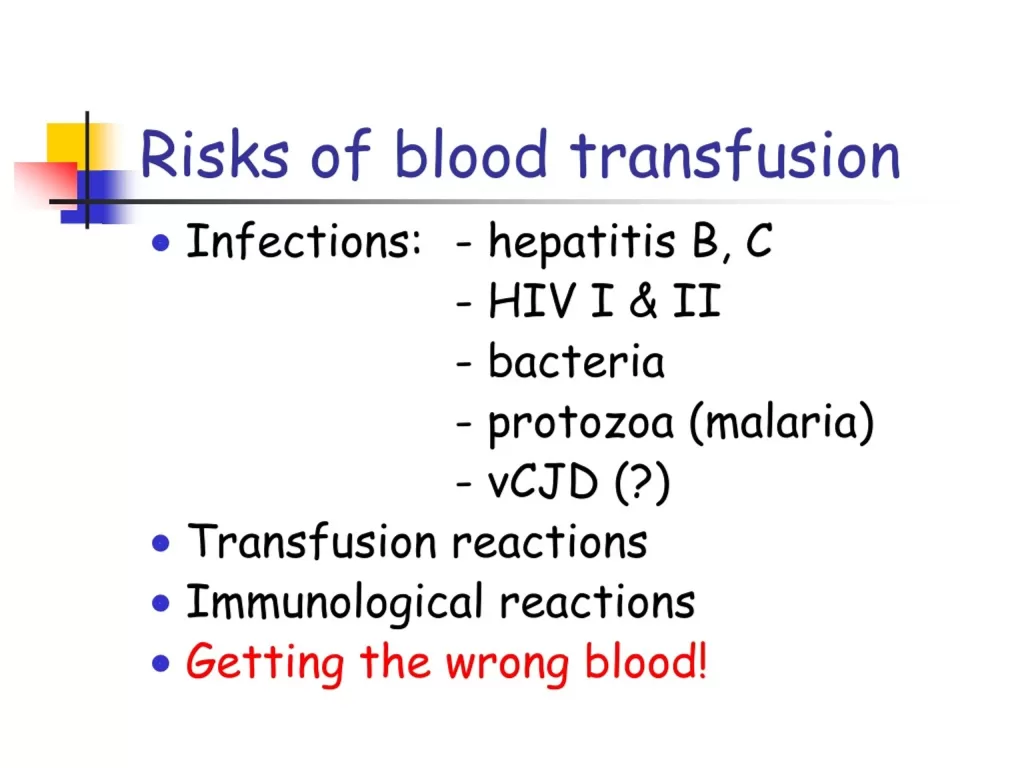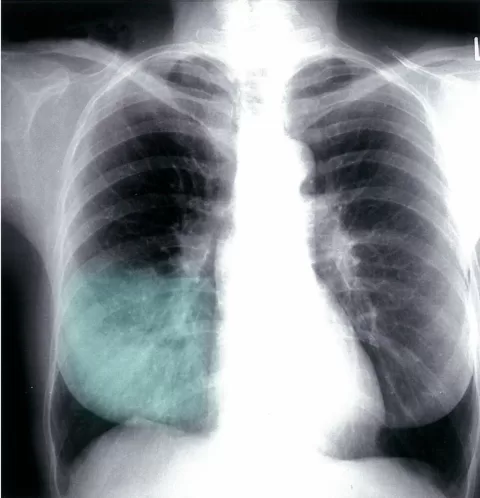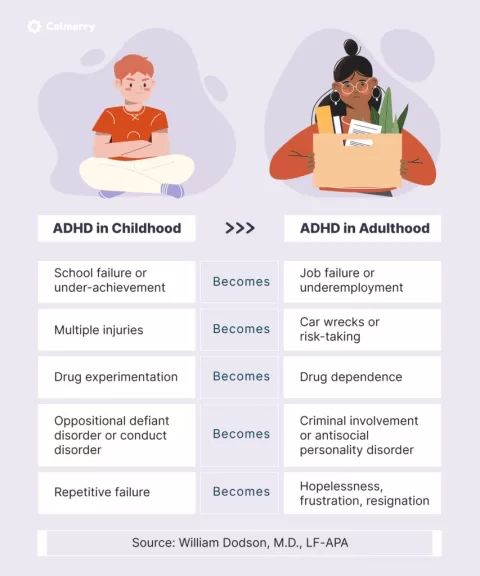Blood transfusion risks are a crucial factor to consider in the medical field, as they can significantly impact patient outcomes. While blood transfusions are often lifesaving procedures, they also carry the potential for adverse reactions, which can range from mild to severe. Understanding the importance of blood transfusion entails recognizing these risks and the management of blood transfusions to mitigate them. Recent developments in blood transfusion practices emphasize the need for enhanced blood safety practices and effective monitoring to ensure patient safety. Therefore, delving into the nature of blood transfusion reactions is vital for both healthcare professionals and patients.
When discussing blood transfusions, it’s essential to address the potential hazards associated with these medical interventions. Blood product administration, while critical for patient recovery, can lead to various complications that require careful management. Understanding transfusion-related adverse events is paramount in ensuring that patients receive the safest care possible. With advancements in blood safety and transfusion techniques, healthcare providers are better equipped to handle these risks and improve patient outcomes. As we explore the landscape of blood transfusions, we uncover the balance between the necessity of these procedures and the vigilance required to manage their inherent risks.
Understanding Blood Transfusion Risks
Blood transfusion risks are an essential consideration for healthcare providers and patients alike. While blood transfusions can be lifesaving, they are not without their complications. Reactions can occur ranging from mild allergic responses to severe and potentially life-threatening conditions, such as hemolytic reactions, where the body’s immune system attacks the transfused blood. It is crucial for medical teams to be well-versed in these risks to ensure patient safety throughout the transfusion process.
To mitigate blood transfusion risks, healthcare facilities must implement stringent blood safety practices. This includes thorough crossmatching procedures to ensure blood type compatibility, comprehensive screening for infectious diseases, and continuous monitoring of patients during and after the transfusion. By adhering to these safety protocols, hospitals can significantly reduce the occurrence of adverse reactions and enhance the overall efficacy of transfusion therapy.
Common Blood Transfusion Reactions
Blood transfusions can lead to various reactions, which can be broadly classified into mild and severe categories. Mild reactions, such as allergic responses, are often characterized by symptoms like itching or hives, and while uncomfortable, they typically do not pose serious health risks. However, febrile reactions, which involve fever and chills, are more concerning as they can indicate an underlying issue with the transfused blood.
Severe reactions, particularly hemolytic reactions, demand immediate medical intervention. These occur when a patient receives incompatible blood, triggering a potentially life-threatening immune response. The management of such reactions is critical, emphasizing the importance of pre-transfusion testing and patient monitoring. Understanding these reactions is vital for healthcare providers to ensure prompt diagnosis and treatment, safeguarding patient well-being.
Recent Developments in Blood Transfusion Practices
The landscape of blood transfusion practices is continuously evolving, with recent developments highlighting innovations in emergency medical response. For instance, pre-hospital transfusions have recently gained attention, as demonstrated by a case where immediate transfusion in the field saved a patient’s life. This advancement underscores the importance of timely interventions in trauma care and reflects a shift in how emergency services approach critical situations.
Moreover, emerging technologies and research are leading to improved blood safety practices. New methods for pathogen reduction in blood products are being developed, aiming to minimize the risk of transfusion-transmitted infections. These advancements not only enhance the safety of blood transfusions but also bolster public confidence in donating blood, critical for maintaining adequate supply in healthcare systems.
The Importance of Blood Transfusion in Modern Medicine
The importance of blood transfusions in modern medicine cannot be overstated. They are indispensable in various medical scenarios, including surgeries, trauma care, and treatment of chronic illnesses such as anemia. By providing essential components like red blood cells or platelets, transfusions can significantly improve patient outcomes, making them a cornerstone of contemporary healthcare practices.
Furthermore, the role of blood transfusions extends beyond immediate medical needs; they are crucial for ongoing health management. For patients with conditions that require regular transfusions, such as thalassemia or sickle cell disease, the ability to receive safe and effective blood products is vital for maintaining quality of life. As medical science progresses, understanding and optimizing the use of blood transfusions will continue to be a focus for healthcare professionals.
Best Practices in Blood Transfusion Management
Effective management of blood transfusions is paramount to ensuring patient safety and optimal treatment outcomes. This includes meticulous documentation of blood product usage, rigorous training for healthcare staff on recognizing transfusion reactions, and implementing protocols for emergency response. These best practices help create a structured environment where risks are minimized, and patient care is prioritized.
Additionally, ongoing education and awareness efforts regarding blood safety practices are essential. Healthcare providers must stay informed about the latest guidelines and research findings in transfusion medicine. By fostering a culture of safety and continuous improvement, medical institutions can enhance their transfusion management protocols, ultimately leading to better patient outcomes and confidence in blood donation.
Frequently Asked Questions
What are the common blood transfusion reactions and their associated risks?
Blood transfusion reactions can range from mild allergic responses, such as itching and rash, to severe hemolytic reactions that can be life-threatening. Understanding these risks is crucial for patient safety. Continuous monitoring and proper crossmatching can help mitigate these risks.
How can the management of blood transfusions reduce associated risks?
Effective management of blood transfusions involves thorough crossmatching to ensure blood type compatibility and vigilant monitoring during the procedure. This proactive approach minimizes the risk of adverse reactions, ensuring patient safety throughout the process.
What recent developments in blood transfusions highlight the importance of safety practices?
Recent developments, such as pre-hospital blood transfusions and legal discussions surrounding blood banking, underscore the importance of robust blood safety practices. These initiatives emphasize timely medical interventions and adherence to high standards in blood transfusion practices.
What are the ethical implications of blood transfusion refusals in emergency situations?
The ethical implications of blood transfusion refusals, especially seen in cases involving Jehovah’s Witnesses, raise critical questions about patient autonomy and informed consent. Healthcare providers must navigate these complexities while prioritizing patient safety in emergencies.
How do community initiatives impact blood donation and transfusion safety?
Community initiatives significantly enhance blood donation and transfusion safety by increasing awareness and participation in blood programs. Engaging local populations in donation drives ensures a steady supply of safe blood, ultimately saving lives during medical emergencies.
| Key Point | Details |
|---|---|
| Blood Transfusion Risks | Inherent risks include allergic reactions, febrile reactions, and hemolytic reactions. |
| Recent Developments | Includes ethical issues, emergency responses, high-profile cases, legal perspectives, and community initiatives. |
| Common Reactions | Mild allergic reactions, febrile responses, and severe hemolytic reactions. |
| Management Strategies | Crossmatching and continuous monitoring are essential for safety. |
Summary
Blood transfusion risks are an important aspect to consider in medical practice, as these procedures, while often life-saving, come with potential complications. Understanding these risks, including allergic and hemolytic reactions, is vital for healthcare professionals and patients. Recent developments in the field highlight significant ethical, legal, and community aspects surrounding blood transfusions. By staying informed and implementing proper management strategies, the safety and efficacy of blood transfusions can be greatly enhanced.
The content provided on this blog (e.g., symptom descriptions, health tips, or general advice) is for informational purposes only and is not a substitute for professional medical advice, diagnosis, or treatment. Always seek the guidance of your physician or other qualified healthcare provider with any questions you may have regarding a medical condition. Never disregard professional medical advice or delay seeking it because of something you have read on this website. If you believe you may have a medical emergency, call your doctor or emergency services immediately. Reliance on any information provided by this blog is solely at your own risk.








